Benefits And Applications Of CNG Kits
In a world where fuel costs are reaching new heights and environmental concerns are more pressing than ever, Compressed Natural Gas (CNG) has emerged as a beacon of hope. With its cost-effectiveness, minimal maintenance requirements, and significantly reduced carbon emissions, CNG has gained substantial popularity as an alternative fuel source. While many new vehicles come equipped with CNG kits, what options are available for those who already own traditional gasoline or diesel vehicles? The answer is simple: you can easily convert your existing vehicle into a CNG-powered one. Join us as we explore the process of converting a petrol or diesel car into a CNG vehicle, unlocking both economic and environmental benefits along the way.

What Constitutes a CNG Kit?
A CNG kit, is an apparatus designed to convert your traditional internal combustion engine-fitted vehicle, which typically runs on petrol or diesel, into a CNG-compatible vehicle. This kit consists of essential components such as a refill valve, pressure gauge, and an Electric Control Unit, along with various fittings like hoses, clamps, high-pressure tubes, and more. However, before you embark on the CNG conversion journey, it is crucial to determine whether your vehicle is compatible with these fittings. Additionally, obtaining approval from your local Regional Transport Office for the conversion of your petrol or diesel vehicle to CNG is a mandatory step in the process.

The Key Components of a CNG Kit
A typical CNG kit comprises several components that work together to enable the conversion of a petrol or diesel vehicle into a CNG-compatible one. Here are the key components and their descriptions:
1. Refill Valve: The refill valve is an essential part of the CNG kit, allowing the vehicle¡¯s fuel tank to be replenished with compressed natural gas at CNG filling stations.
2. Pressure Gauge: The pressure gauge displays the current pressure level inside the CNG cylinder, helping the driver monitor the gas pressure for safe operation.
3. Electric Control Unit (ECU): The ECU is a critical component that manages the operation of the CNG system. It controls the injection of CNG into the engine, ensuring efficient combustion and performance.
4. CNG Cylinder (Fuel Tank): The CNG cylinder, often referred to as the fuel tank, is where compressed natural gas is stored. It is typically installed at the rear of the vehicle and comes in various sizes to accommodate different gas volumes.
5. Fuel Lines and Hoses: These are a network of high-pressure tubes, hoses, and pipes that transport CNG from the cylinder to the engine. They must be robust and designed to handle the high-pressure gas.
6. Clamps: Clamps secure the fuel lines and hoses in place, preventing any leaks or accidental disconnections.
7. Regulator: The regulator is responsible for maintaining the pressure of the CNG before it enters the engine. It ensures a consistent flow of gas for optimal engine performance.
8. Manifold Chamber: The manifold chamber is where the CNG mixes with air before entering the engine¡¯s combustion chamber. This ensures the proper air-fuel mixture for ignition.
9. Spark Plug: The spark plug is a crucial component that ignites the CNG-air mixture within the engine¡¯s cylinders, initiating the combustion process.
These components work in harmony to convert a vehicle¡¯s engine from running on traditional fuels to utilizing compressed natural gas, providing a more eco-friendly and cost-effective alternative. Proper installation and maintenance of these components are essential for the safe and efficient operation of CNG-equipped vehicles.
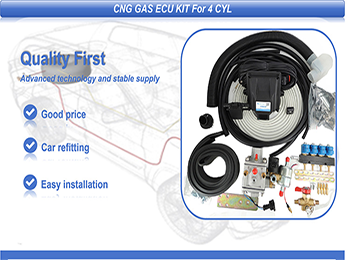
Is a CNG Kit Compatible with Your Vehicle?
With the increasing popularity of CNG-powered vehicles, many individuals are exploring the possibility of converting their petrol cars to CNG. However, it¡¯s essential to recognize that not all vehicles are compatible with CNG kit installations. Here are some considerations:
1. Vehicle Age: Older vehicles may not be suitable for CNG conversions due to compatibility issues with the technology.
2. Engine Capacity: CNG may not be suitable for bikes with mid to high engine displacement (CC) levels that require higher acceleration power. In contrast, most scooters are compatible with CNG kits.
3. Regional Variations: The list of CNG-compatible cars can vary from one region to another. To determine if your petrol or diesel car is eligible for a CNG conversion, it¡¯s advisable to contact or visit your nearest Regional Transport Office.
 Refer to£ºhttps://medium.com/@subskie/comprehensive-guide-to-cng-kits-benefits-and-applications-43a36956a3f5
Refer to£ºhttps://medium.com/@subskie/comprehensive-guide-to-cng-kits-benefits-and-applications-43a36956a3f5
The pictures and articles are from the internet. If there is any infringement, please contact us to delete them.
Popular articles
-
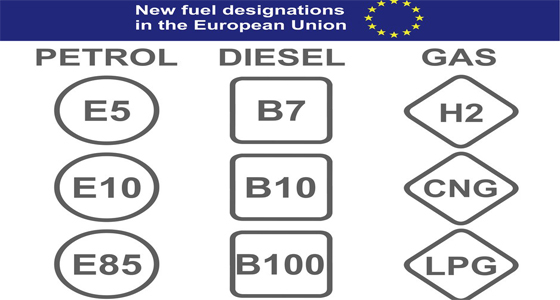
Advantages Of CNG Gas V
Compressed natural gas vehicles are vehicles th
-
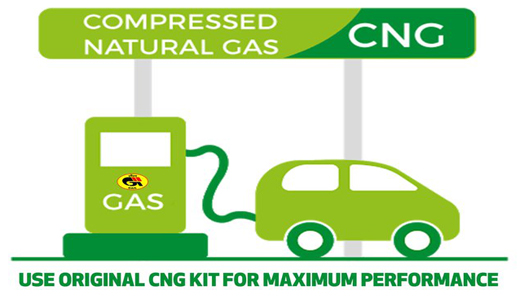
How the CNG Automotive S
Compressed natural gas (CNG) automotive systems
-
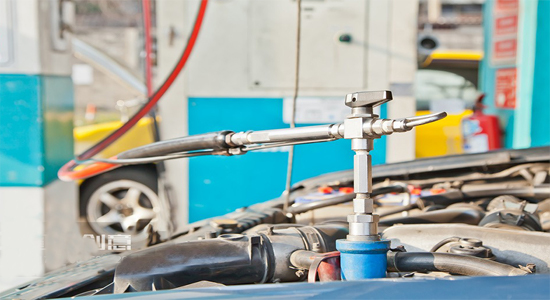
What Is CNG Pressure Red
The pressure reducer of natural gas vehicle is
-
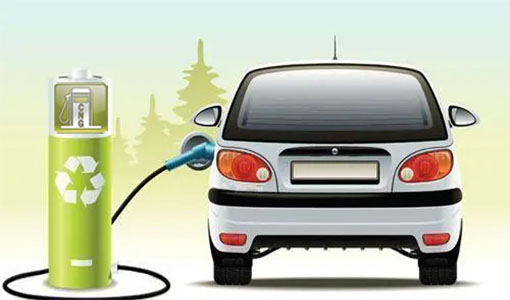
Advantages And Principle
LPG and CNG are two mainstream alternati
-
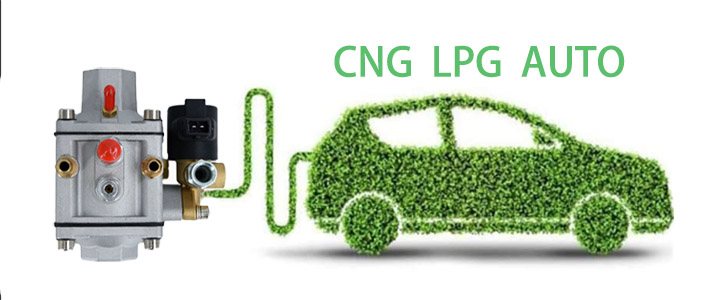
Differences Between Sing
Characteristics of Gas Single Point Device
-
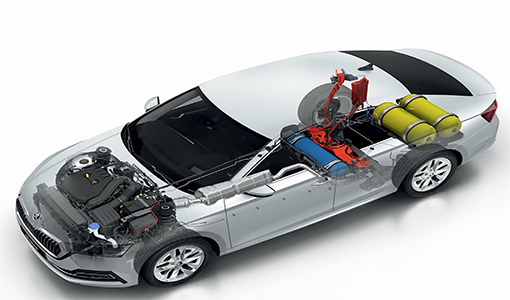
Reasons For High Gas Con
1. Original vehicle condition A. The tec
-
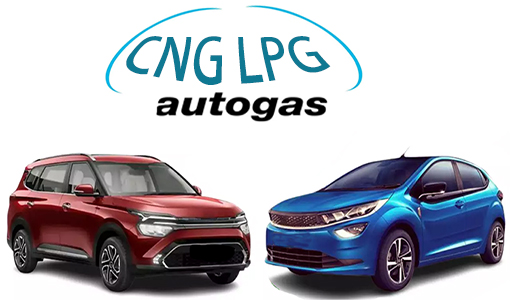
How To Improve The Power
1. Install ignition advance angle What i
-
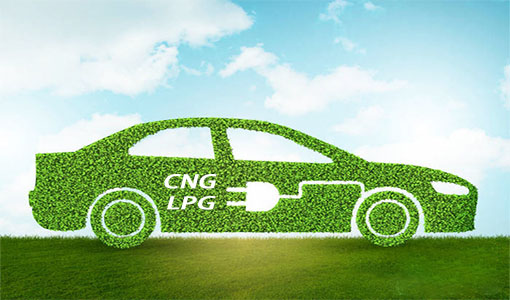
How The CNG Gas Vehicle
If you want to know ¨C how does the CNG conversi






Latest comments
0piece comment
no comments, welcome to comment¡£